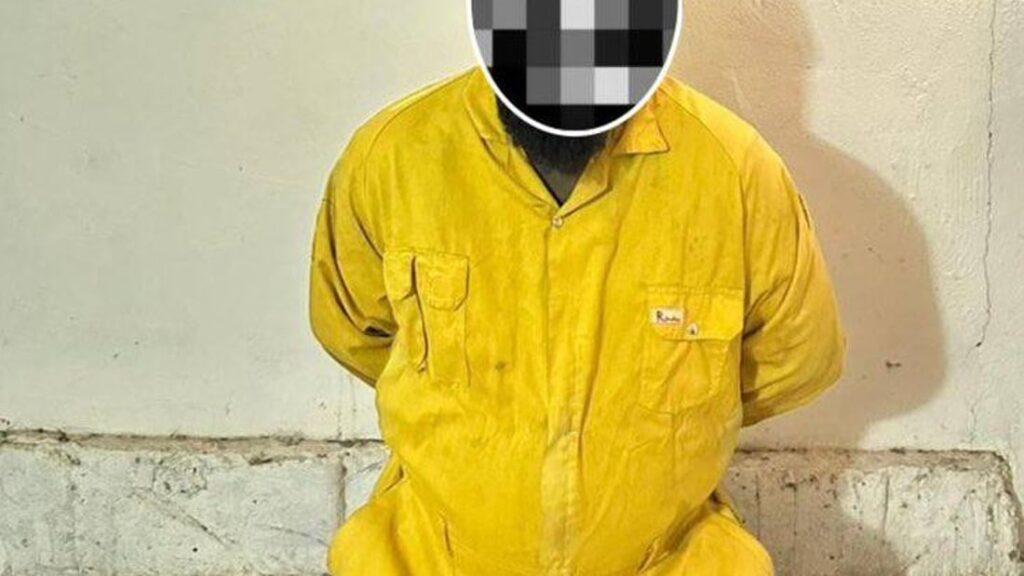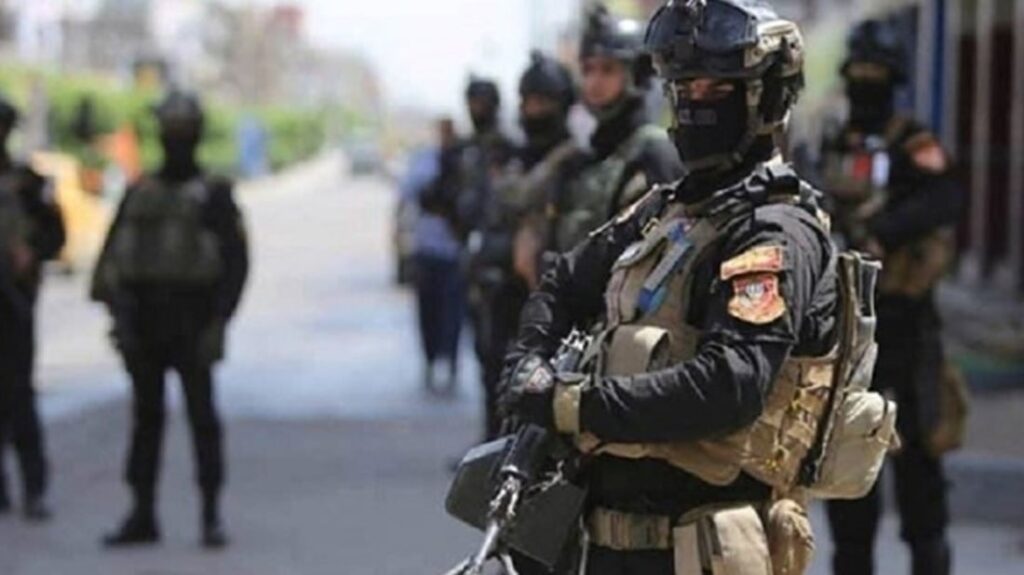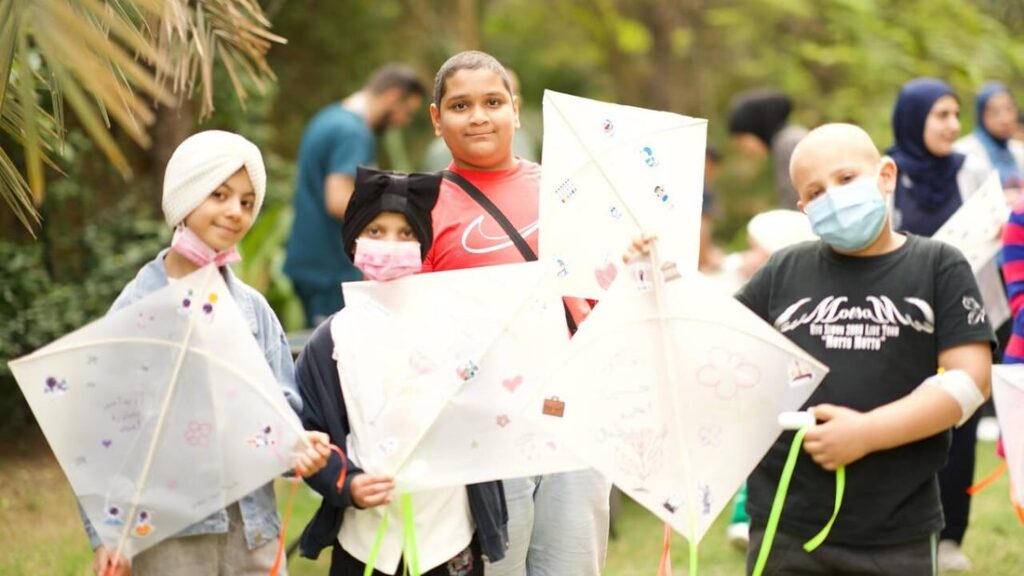Nuveen Barwari’s The Blue Room Documents and Celebrates Kurdish Culture

Nuveen Barwari in The Blue Room
As artist Nuveen Barwari approached the end of her undergraduate education at Tennessee State University, she began to feel a sense of panic. Working in paint and sculpture wasn’t enough for the big ideas that were emerging from her artistic practice. She felt driven to document her Kurdish culture and history. Barwari has always been drawn to abandoned spaces, so when her professor Sam Dunson suggested she check out three unused rooms in the basement of Elliott Hall on TSU’s campus, a door opened for her.
The Blue Room — Barwari’s excellent installation — is layered with meaning and imagery that invites visitors to absorb and experience a bit of Kurdish culture. The first room is visually striking — Barwari painted the walls sky-blue and accented them with more than 100 circles the size of grapefruits. In Kurdish culture, the “evil eye” is capable of both causing harm — as in, “She cast the evil eye on me” — and providing protection. Growing up, Barwari’s mother would pin an evil-eye charm onto her dress to cancel out any other evil eyes that might be peering at her.
“Everyone who enters this space is protected and is safe,” says Barwari, “and I think it’s because I’m drawn to finding that space myself. I’m drawn to creating these spaces that feel like home.”
Kurdish civilization dates back to the 10th century, but Kurds have no internationally recognized nation to call their own. The Kurdish-majority region known as Kurdistan is in Iraq, Iran, Syria and Turkey. The Arab Ba’ath Movement led to the subjugation of Kurds throughout the second half of the 20th century, reaching its peak during Saddam Hussein’s regime. Barwari’s parents fled Ba’athist Iraq, moving to North America separately in 1977.
Barwari has been studying her family history, asking questions of her elders and conducting research. She knows the victors are usually the ones who write the history books and tell a people’s stories — The Blue Room is an attempt to protect and preserve her culture.
“I have this fear of not learning enough, because when this older generation dies, who has documented it?” Barwari asks. “Who’s been keeping up with it?”
The second room is a cozy testament to Kurdish family and the construction of Kurdish homes — Barwari brought in the rug used in her family’s living room for most of her life. (She owns baby pictures of herself lying on the rug; departed friends and family members have walked upon it.) Kurds traditionally do not wear shoes indoors, so Barwari asks visitors to remove their shoes as they enter the space. She says rugs have a complicated history among Kurds — many rugs know as “Persian” are actually made by Kurdish weavers in the northwest region of Kurdistan. In The Blue Room, Barwari’s rug invites visitors to sit down comfortably and engage in conversation, and the artist is more than happy to discuss her artistic practice and Kurdish history.
When Barwari started planning her installation, she wanted to keep some elements of the rooms intact. Her transformation of the second room’s tile walls reveals her ingenuity. During a massive reconstruction project of Babylon, Saddam Hussein ordered that one of the city’s palaces be rebuilt on the ruins — “Disney for a despot,” some called it. As the ultimate symbol of the dictator’s narcissism, he demanded that the bricks be printed with his name, along with florid praise. In her installation’s second room, Barwari hand-painted the word Kurdim on each tile. The simple declaration, “I’m Kurdish,” defies Hussein’s regime and his $5 million monument to self.
Off to the left, Barwari has transformed a third, smaller room into a jail cell, in which a traditional Kurdish dress is hung. Traditional Kurdish dress is another aspect of culture that has historically been suppressed in the region. The long, shimmering blue gown is embellished with tiny evil eyes. It’s a tribute to the Kurdish women depicted on the opposite wall, Leyla Qasim and Leyla Zana. In 1974, 22-year-old Qasim was executed for her political activism against the Iraqi Ba’ath regime. She is now a martyr, sometimes called the “Bride of Kurdistan.” Zana was the first Kurdish woman elected to Turkish Parliament. She took her parliamentary oath in Turkish, as was required — speaking Kurdish in public was illegal — but she added a sentence in Kurdish: “I take this oath for the brotherhood between the Turkish people and the Kurdish people.” For this action, she was imprisoned for 10 years.
Barwari says that in Kurdish culture, storytelling and art are part of nation-building. As an artist, she feels charged with a sacred trust: the responsibility to protect her identity for future generations. With The Blue Room, she does just that.





